| Biz ancak bu sayfa şu anda Google Translate kullanarak çevrilen makine, mümkün olduğunca çok dilde web sitemizi lokalize için çaba. | yakın |
-
-
ürünler
-
kaynaklar
-
destek
-
şirket
-
Ne Olay Görüntüleyici ve hangi bilgileri bana ne diyor?What is Event Viewer and what information does it tell me?
Tarafından Davide De Vellis Aralık 24, 2013Blue Screen of Death, bsod, event viewer, maintenanceYorum yokHerhangi bir bilgisayar sorununu gidermeye çalışmakla ilgili en büyük hayal kırıklıklarından biri, kusurlu hataların nedeninin genellikle tanımlanması zor olmasıdır. Bilgisayarın arızaları ve hataları bazen hiçbir yerden ve görünürde bir sebep olmaksızın ortaya çıkmaktadır. Bir dakika bilgisayarınız mükemmel çalışıyor; Bir sonraki dakika, önyükleme yapmak için sonsuza dek sürüyor ya da programlar düzgün çalışmıyor.
Neyse ki, Microsoft Windows, pek çok Windows kullanıcısı arasında az bilinen yararlı bir program ile donatılmış olarak geliyor. Olay Görüntüleyicisi , bilgisayarınızda ilk açtığınız andan itibaren gerçekleşen her olayı günlüğe kaydeder. Günlüğe kaydedilen olaylar, bilgisayara yüklenen programlarla, sistem performansıyla ve güvenlikle ilgili olanları içerir.
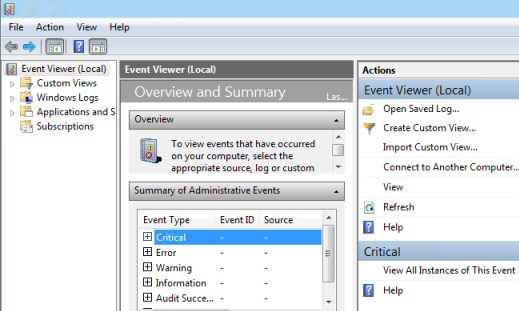
“Olay Görüntüleyicisi ile çeşitli bilgiler toplanıyor”Olay Görüntüleyici, BT uzmanları, bilgisayar teknisyenleri ve programcılar tarafından sıklıkla kullanılır. Bununla birlikte, Windows kullanıcıları, bilgisayarlarının yüzeyin altında ne yaptığını öğrenmek için de kullanabilirler. Birçok durumda, Olay Görüntüleyici size, bilgisayarınızın arızasına veya düşük performansına yol açan olayı ve sonraki hatayı sağlayacaktır.
Olay Görüntüleyicisi, Windows’un tüm yeni sürümlerinde kullanılabilir, ancak programı açma adımları her sürümde biraz farklılık gösterir:
- Windows XP’de , şu yolu izleyin:
- Başlangıç menüsü
- Kontrol Paneli
- Performans ve Bakım
- Yönetim araçları
- Bilgisayar yönetimi
- Windows Vista’da , aşağıdaki yolu kullanın:
- Başlangıç menüsü
- Kontrol Paneli
- Sistem ve Bakım
- Yönetim araçları
- Etkinlik göstericisi
- Windows 7’de , şu yolu izleyin:
- Başlangıç menüsü
- Kontrol Paneli
- Sistem ve Güvenlik
- Yönetim araçları
- Etkinlik göstericisi
- Windows 8’de , şu yolu izleyin:
- Windows tuşuna ve “W” tuşlarına aynı anda basın
- Bu bir arama kutusu getirecek, kutuya “EV” veya “olay görünümü” yazın
- “Olay Günlüğünü Görüntüle” ye tıklayın.
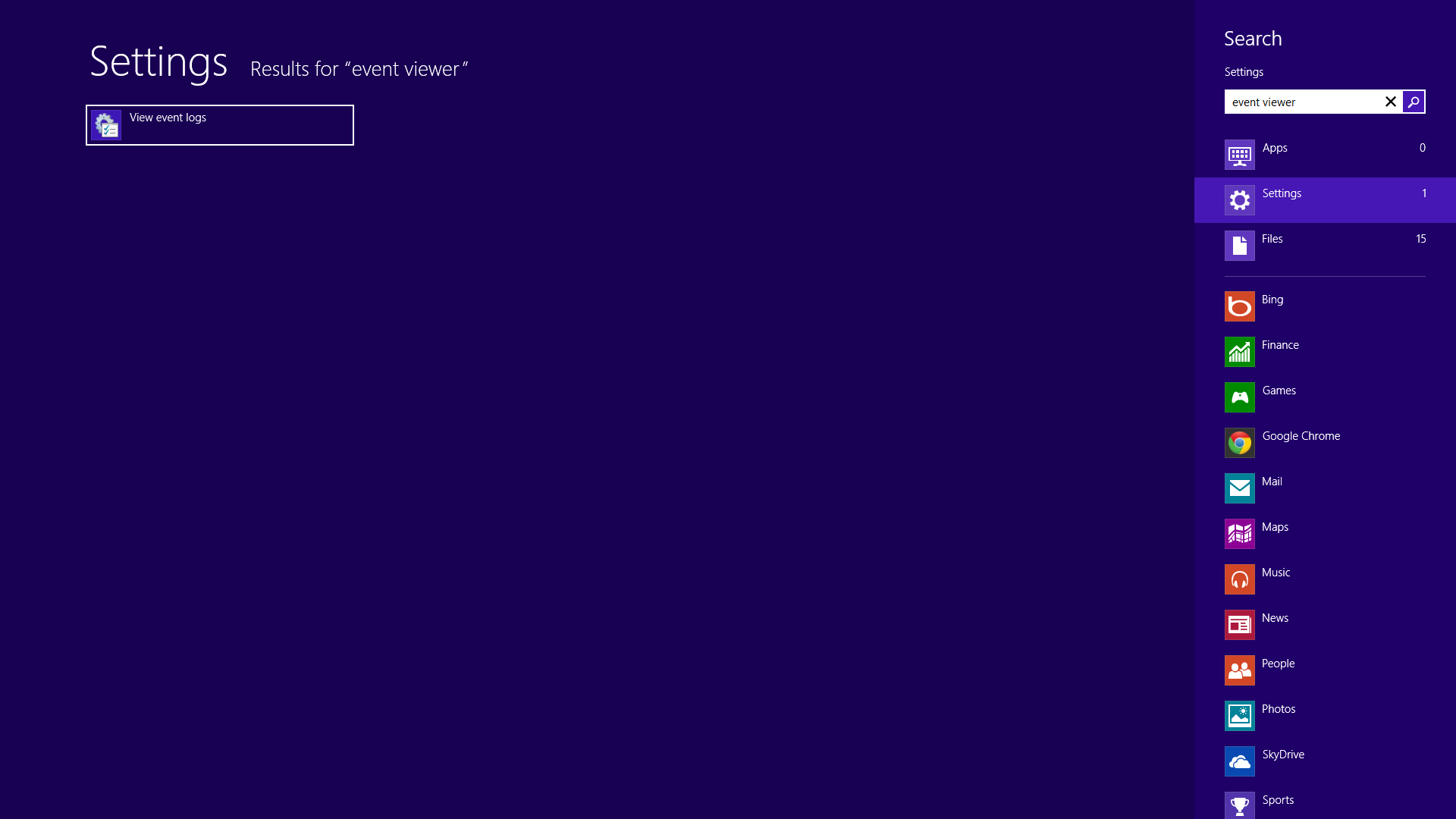
“Windows 8’den Olay Görüntüleyicisine Erişme”Olay Görüntüleyicisi’ni açtığınızda, listelenen olayların ve hata mesajlarının miktarına göre bunalmış olabilirsiniz. Unutmayın, program bilgisayar ilk kez başlatıldığından beri olayları günlüğe kaydetmektedir. Birçok bilgisayar için bu, binlerce olay ve hata olduğu anlamına gelir.
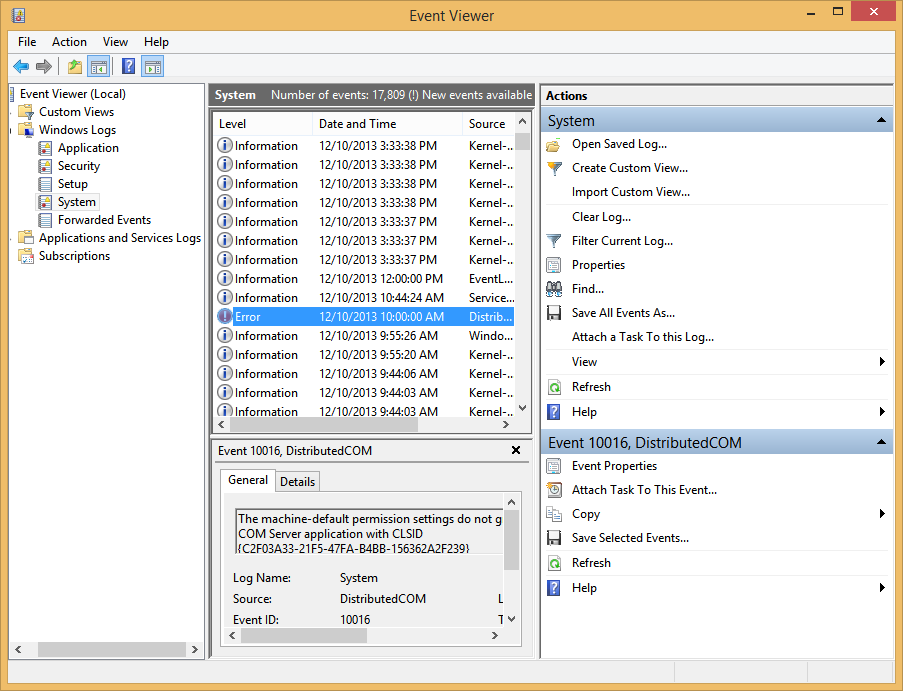
“Olay Görüntüleyicisi ile ilk açılıştan bir sürü bilgi toplanıyor”Windows 7’de ve özellikle Windows 8’de, arayüz daha kullanıcı dostu hale geldi. Üç bölmeli arabirim, Genel Bakış ve Özet bölümünde yüksek düzeyli etkinlikleri görüntülemenizi veya daha ayrıntılı bir şekilde kazmanızı ve belirli olayları incelemenizi sağlar.
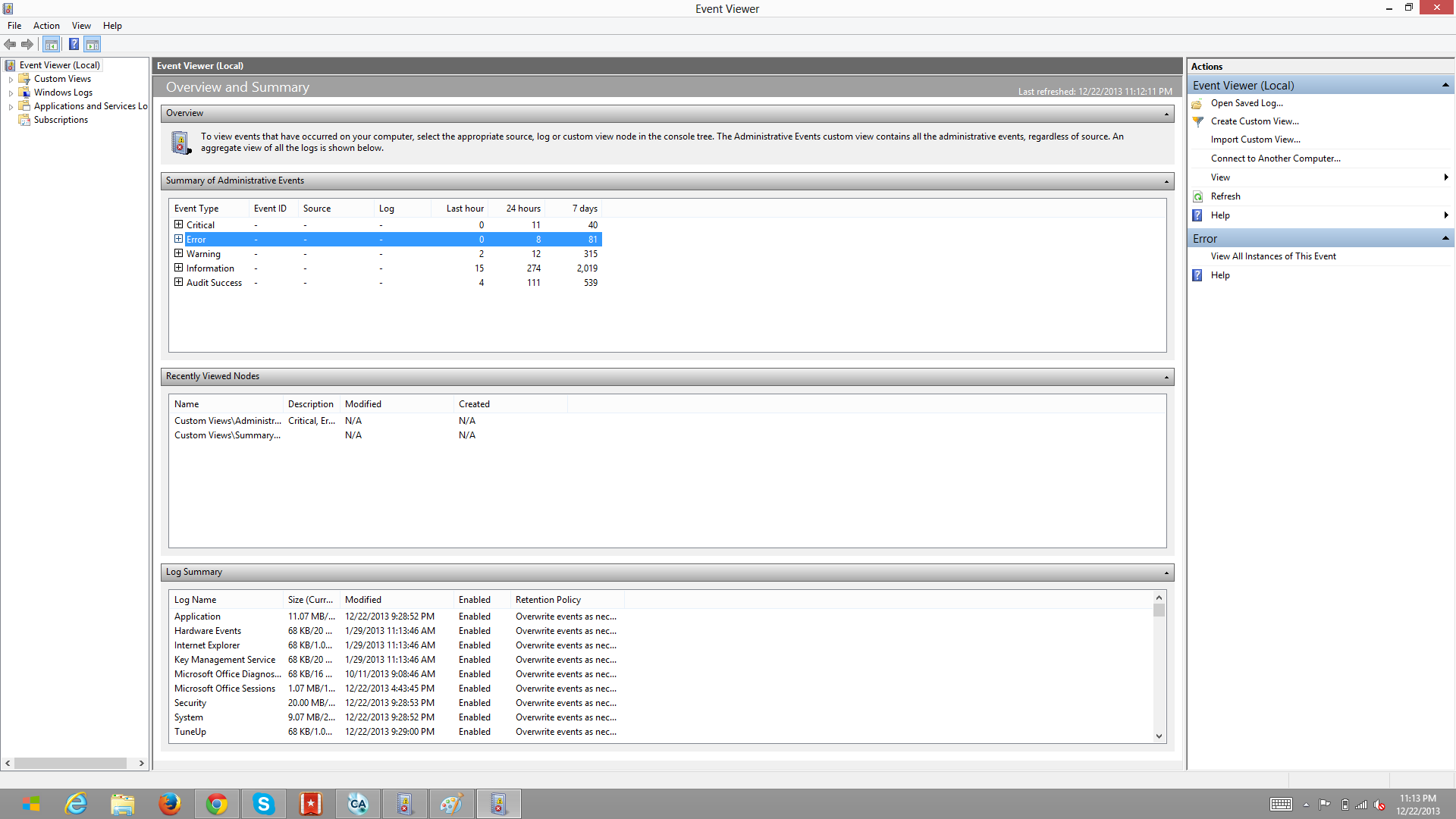
“Windows 8’deki Olay Görüntüleyicisi düzeni eski sürümlerden oldukça temizdir”Vista ve XP, daha az rafine arayüzlere sahiptir ve bir bilgi akışı sağlar.
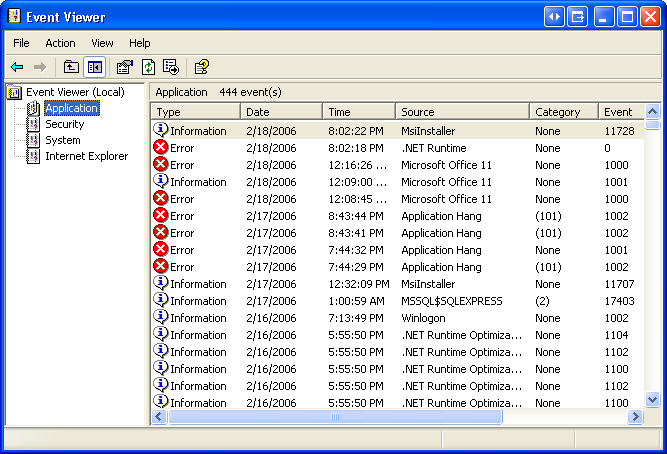
“Windows gibi XP’nin eski sürümlerinde Olay Görüntüleyicisi gezinmek için çok daha zor”Bazı hatalar ve olaylar şifreli veya kritik olabilir. Microsoft uzmanları, kullanıcıların bilgisayarlarında belirli bir sorun varsa, yalnızca hatalar ve olaylar hakkında endişelenmelerini önerir. Daha sık olmamak üzere, listelenen her hatayı çözme konusunda endişelenmenize gerek yoktur.
Olay Görüntüleyicisi’nde sunulan bilgi miktarı göz önünde bulundurulduğunda, sorununla ilgili hangi hataları derhal belirleyemeyebilirsiniz. Hataların veya olayların başlıkları net olmayabilir veya sıralamak için çok fazla olabilir. Olay Görüntüleyicisi, olayın gerçekleştiği tarihi ve saati de görüntüler. Sorununuzun ne zaman başladığını düşünmek ve o zaman aralığında meydana gelen hataları aramak faydalı olacaktır. Bu, odağı tek tek gözden geçirmek yerine, bir avuç hataya daraltır.
Sorunuzla ilgili olarak şüphelendiğiniz hataları ve olayları bulabilirsiniz, ancak programdaki hataların adları size neler olduğunu açık bir şekilde anlayamayabilir. Hataları ReviverSoft Blogu’nun arama alanına eklemeyi deneyin veya bir BSOD’niz varsa, ReviverSoft Mavi Ekran Yardımcısı’na bakın. Şansınız yoksa, ReviverSoft Answers ile ilgili bir soru göndermeyi deneyin ya da tercih edilen arama motorunu da deneyebilirsiniz, çünkü diğer insanların aynı hataları yapması olasıdır ve nasıl yapacağınız hakkında bilgi edinebilirsiniz. Sorun çözüldü.
Olay Görüntüleyicisi, bir sorunu çözmeye çalıştığınızda yardımcı olur ve bilgisayarınızın işlemlerini anlamak için kullanabileceğiniz değerli bir araçtır. Kendi sorunlarınızı gidermek için geçerli bir başlangıç noktası sağlayarak sorunları hızlı ve kolay bir şekilde çözmenize yardımcı olabilir.
Was this post helpful?YesNoÜcretsiz Sürücü Güncellemeleri
Daha iyi keyif almak için sürücülerinizi 2 dakikadan kısa sürede güncelleyin bilgisayar performansı - Ücretsiz.
Ücretsiz Sürücü Güncellemeleri
Daha iyi keyif almak için sürücülerinizi 2 dakikadan kısa sürede güncelleyin
bilgisayar performansı - Ücretsiz.
Cevap bulamadınız mı?Dünyanın dört bir yanından uzmanların eden bir soru sormak ve hiçbir zaman bir cevap alırsınız.most relevant yeni makaleler Pinterest'te Sabitle
- Windows XP’de , şu yolu izleyin: